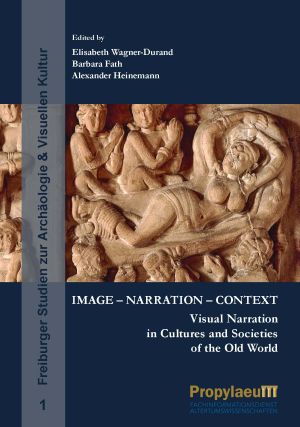Nadali, Davide
Image – Narration – Context: Visual Narration in Cultures and Societies of the Old World
Narratives are primary agents in the production of social meaning and identity. They are articulated not only in oral and literal forms of expression, but also through images and artefacts. By virtue of their materiality, these objects bearing narrative potential have their specific contexts of appreciation. But how do images actually trigger narration? Can we describe the social loci of their observation? And how do these contexts – social practices, religious rituals, demonstrations of political power – interact with, and re-affect the artefacts in question? Both case studies from archaeology and approaches from a wider range of cultural studies seek to answer these questions within a broader methodological framework.
Homo pictor: Image Studies and Archaeology in Dialogue
The contributions to this collection discuss – from a general perspective and on the basis of concrete examples – how the epistemic potentials of the manifold current strands of image and visual culture studies on images and their perception – which proliferated since the pictorial and the iconic turn – can be made available for the archaeological study of image cultures. They address semiotic and perceptual, frame-semantic, affect-theoretical and cognitive approaches as well as questions of image contexts and the agency of images.








